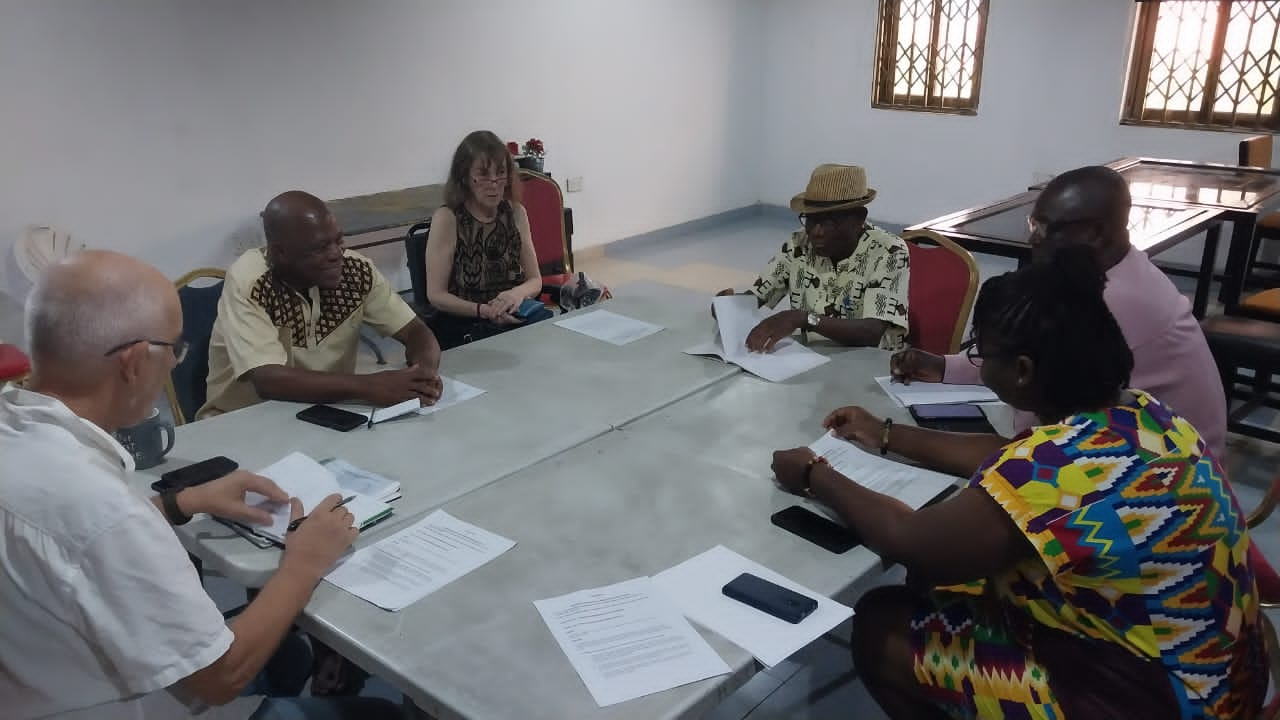DEFINITION OF TRADITIONAL HOMEOPATHY
Traditional Homeopathy is the method of homeopathic medical practice that adheres to the foundations of homeopathic theory and practice as espoused by the founder of Homeopathy, Samuel Hahnemann. This was laid out in Hahnemann’s seminal textbook, The Organon of Medicine, first written in 1810, with the 6th edition written in 1843.
The following guidelines are the foundational principles of Traditional Homeopathy as clarified by Hahnemann and practiced since by generations of homeopaths:
1. Homeopathy works according a principle of cure, termed Like Cures Like. It is also termed the Law of Similars. This law states that a substance that can produce symptoms in healthy people, can cure SIMILAR symptoms in a sick person.
2. Homeopathy works by stimulating the innate healing capacity of a person, through using the Law of Similars as a mechanism of curative response.
3. Homeopathy treats the whole person, not just the disease symptoms. Homeopathy seeks to understand the underlying cause of disease in the whole person. It sees the person in a state of overall imbalance and seeks to reestablish balance through the administration of the correct homeopathic remedy.
4. Although it may be important to make a diagnosis of disease in certain conditions, the focus of the homeopathic approach is a “holistic” and integrated one, in which Mind and Body are seen as part of a comprehensive whole. As is stated in regards to homeopathic practice, “Homeopathy Treats the Person, not just the Disease.”
5. Homeopathic remedies are evaluated as to their therapeutic potential through a unique experimental method, called a “proving.” It is this method of proving (experiments on healthy human beings) that the potential knowledge of the healing power of medicines are achieved. Further knowledge of the healing power of medicines is achieved through clinical experience, toxicology study, biochemistry, botany, and zoology. Also, the healing effect of homeopathic medicines has developed through 200 years of empirical observation and documentation, leading to a vast body of knowledge of homeopathic remedies, what is called in homeopathy, Materia Medica.
6. It is this knowledge of homeopathic medicines that is the foundation of information used by homeopathic practitioners in ascertaining what needs to be cured and how the correct remedy can be chosen.
7. Homeopathic remedies are given as unique, individual medicines and are not mixed together into a number of combinations which are then given together. This style of mixing of many medicines together is inconsistent with the thinking of Samuel Hahnemann, although remedies can be given in various ways to address complex situations and can be given together with both herbal medicines and conventional medicines as needed.

8. Homeopathic medicines are to be made in official and regulated homeopathic pharmacies according to the standards of manufacture, consistent with the regulations and laws of the country in which they are manufactured. This is consistent with the pharmacopeia conventions of countries such as the United Kingdom, United States, India, and the European Union. Homeopathic medicines are not to be made using various machine technologies that bypass the pharmaceutical method.
9. Homeopathic remedies are mostly diluted and shaken in a process called “potentization,” in which the original active ingredient is gradually “potentized” according to a standardized process consistent throughout the world. These remedies become more energized and active the more they are diluted and shaken. The result is that after homeopathic potentization, most homeopathic remedies only retain an “energetic vibration” of the original substance and no toxic or material residue remains in the substance unless they are given in a very low potency/dilution. Therefore, even substances that were originally poisonous in nature can be safely given to patients.
10. Homeopathy therefore works on the energetic or vibrational essence of a person, by activating a quality that Hahnemann described as the “Vital Force.” The Vital Force is a dynamic, life-giving principle of all living things, an immaterial force that animates the body and keeps the body and mind in a state of balance and homeostasis. This Vital Force is similar to what is known in Chinese medicine as “Chi” or in India as “prana” or breath. It is a vibrational force or energy, which is the animating principle of all life. This is currently not recognized in most of science and biology as it currently cannot be measured or seen through material technology. This is one of the challenges of homeopathy being accepted within the constructs of material science, including conventional medicine, which is still mostly based on 19th century biology.
11. As science develops, the mechanism of action by which Homeopathy and other traditional and alternative medicines work will be revealed and the body of knowledge that homeopathy has developed over 200 years of experience will be further validated.

